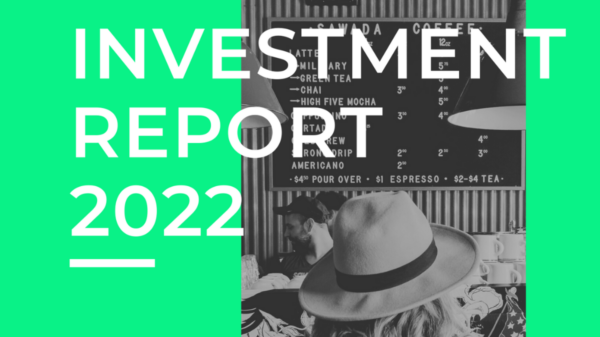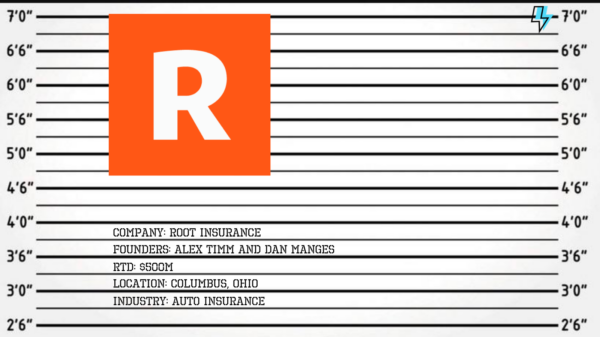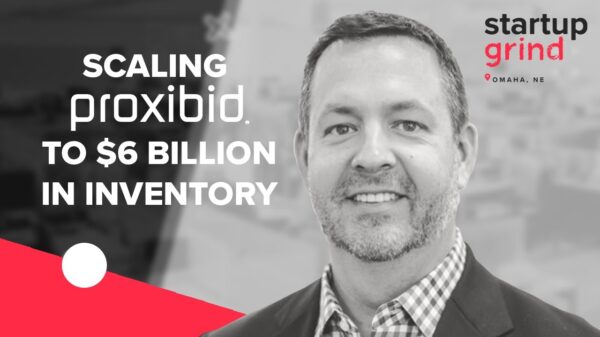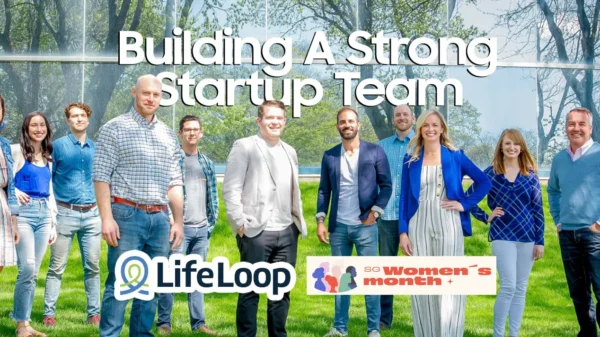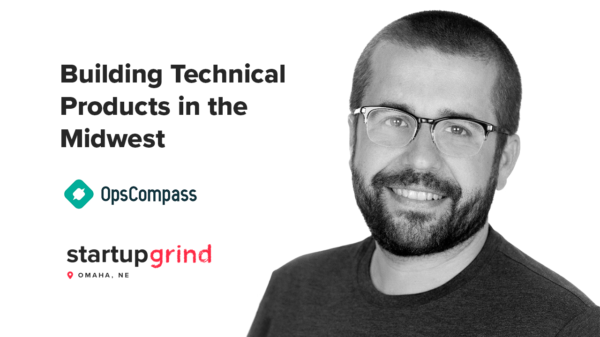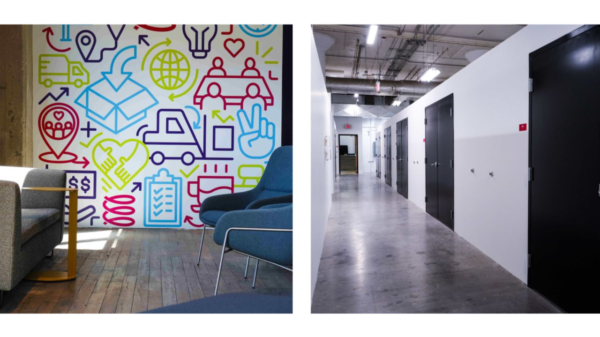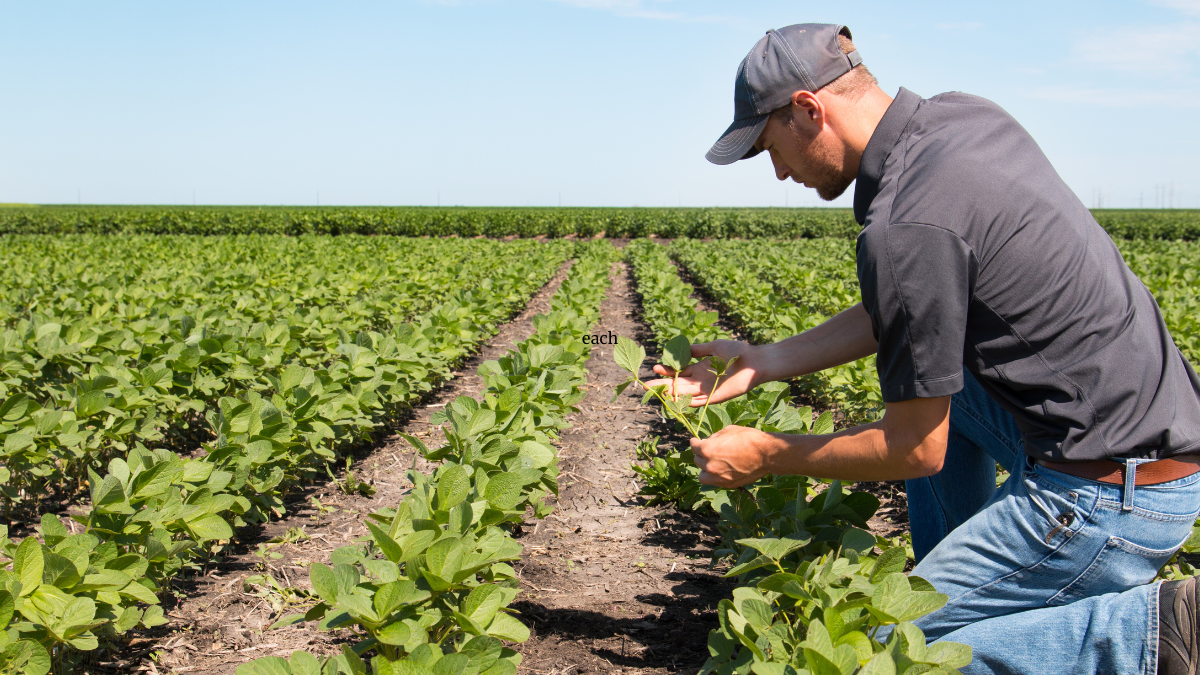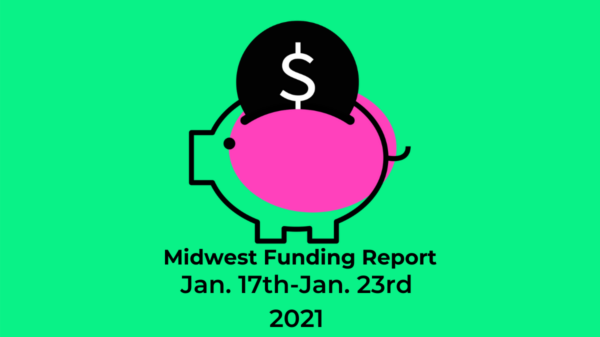About two months ago, my friend, Kathleen Gallagher, asked me about the current state of ag-tech in the Middle. While it did not take two months, I have held some of our findings so that she could publish the following article first – Gallagher: Agriculture is changing rapidly, and Wisconsin is lagging (jsonline.com). I would encourage you to read this viewpoint (which is different than my own).
I had been working on a slightly different research project, but the two ideas dovetailed nicely. Below is the short piece that I sent to her as a basis for my quotes in her article.
AgTech Starting Paper
In a recent conversation, I had someone assert with absolute certainty that the Midwest produced most of the agriculture technology breakthroughs in the country. I disagreed but accepted that I had never actually looked at the data. I suggested that Silicon Valley and the fertile Central Valley played a significant role in technical innovation.
So, I went back and considered how to consider this question. The first thing that I did was look at Pitchbook comparisons over the last seven year cycle – 2015 to present. How did California (population: ~40 million) compare to the Middle States (population: ~80 million). Well, when it comes to startups and startup investment – California is the clear winner. According to Pitchbook, California has had about 5% more venture deals in Agriculture, AgTech, Agriculture Technology, and Other – Agriculture over the last cycle. This is noteworthy because of the disparity in population.
But, the three most significant challenges come around investment. Companies in California have received 3x more investment over the last seven years. There have been 130% more investors active with California companies. The largest investments have taken place in California. Even though, there were only 100 more deals in California than the Midwest.
Moreover, investors in California companies include 130 that have made at least two ag-related investments in the last two years. Middle States have only had 63. But here is the thing, the Middle states have three investors that have done more than ten deals – Ag Startup Engine, Innova Memphis and the NSF. In California, there were also only three investors over ten deals – SOSV, S2G Ventures, and the NSF. Comparing data of investors over five deals tells a similar story – 9 in the Middle to 8 in California. But, investors doing 2,3,4,5 – way, way more in California. This is key to understanding the depth of investors in California compared to the Middle.
Where do these investors get their money? One place is Midwest state pension funds. Wisconsin, for example, has made 40 venture investments through the Wisconsin Investment Board since 1996. These investments include five Wisconsin investments and nineteen California investments. This group has invested in Baird which is a Milwaukee firm whose investments for venture are based in Chicago. So, this is not to say that there is no investment in early-stage venture funds (as is the case in many Middle states) in their home state, but the disproportionate amount of money flows out of Middle states to California to be in big venture funds with long pedigrees. The reality is that this actually has a long-term negative impact on the local market – fewer dollars, less investor depth, less professionalism, and ultimately deals that don’t get done or don’t get done as efficiently.
So, imagine that instead of these forty investments, the pensions had set aside $5-10 million per investment block to fund local funds. Over twenty years that is about $100-200 million – across fifteen states – that is approximately $3B. Not all of that would have been investments in agriculture or agtech, but some of it would have moved from California deals to Middle deals. Over the course of the venture industry lifetime – about fifty years – that creates a much more robust de-centralized home for finance.
This emergence can be seen in the last decade where places – such as Columbus, Minneapolis, St. Louis, and Chicago have been transformed by their depth of capital. These firms are now pulling in investments from regional pension funds. For example, Missouri pensions have helped fund a significant portion of Drive Capital’s fundraising (Ohio). This type of regional collaboration is a key way that the broader region can build partnership and commitment to each other.
Middle States
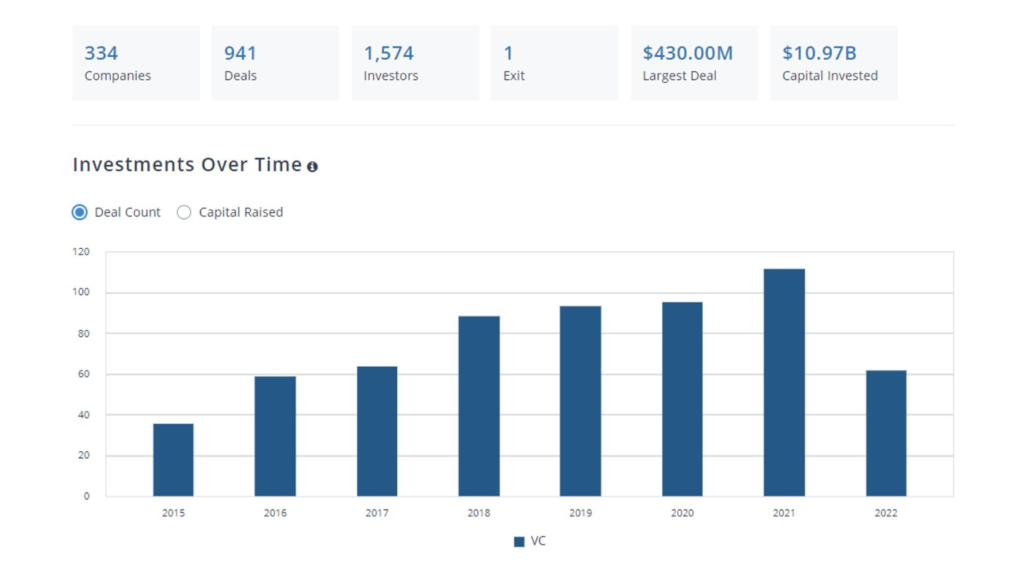
California
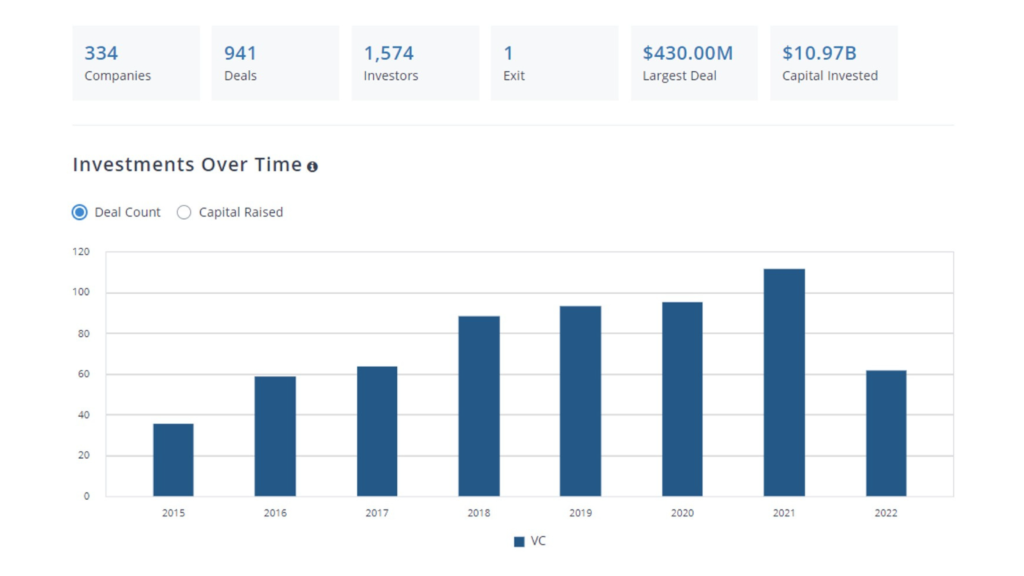
My Analysis
Beyond the pure data-based research, here are a couple of my other thoughts on this topic.
First, the Middle has a belief that it is the home of agriculture in the United States because so many people and companies here are tied to the industry. But, the reality is that virtually every rural area around the country believes the same thing. Having worked around the country in many rural places, virtually everyone has a goal becoming a leader in agriculture technology. Having farmland does not causally link a region to technology and innovation in that industry. For too long, the Middle’s core research entities and efforts have not necessarily converted to commercialization and new technologies in the market. Instead, from our farmland to our universities, we continue to be implementers and iterative thinkers – not innovators that are producing wholly new and novel approaches.
Second, farmers are not risk averse. By their very nature, they persist in an industry of great individual risk and uncertainty. The markets are uncertain. Their yields are uncertain. Even personal safety is often at risk. But, the institutions around those farmers are incredibly risk averse – pushing risk on the farmer and asking them to make decisions about innovation that small businesses are not really built to implement and endure failure. Instead, government, corporations, and capital institutions must stand in to achieve innovation and not push greater risk on the individual farmer. [Institutions such as state pensions and large agriculture multinationals are much more capable of enduring loss.] In many industries, this has not been felt as acutely, but in ag-tech one primary reason that California has more investors and more money invested is because they have built capital resources that allow for early adopters without forcing the investment risk to these early adopters. This goes far beyond technology – but there is a perception here that the Middle could be as good as the coasts. Until we change this fundamental understanding of how, why, and who needs to carry some of these innovation risks – we will not be able to change or adapt to Silicon Valley’s ag-tech plan. Our pension funds invest in Silicon Valley not in Wisconsin or Nebraska. Our multinationals provide offices and resources to innovators in California, they do not force them to be located in our backyards. We are enabling this behavior if not advocating for it.
Finally, while change is happening, we need to stop congratulating ourselves. Having a single technology get commercialized by a university is a sign of the problem – not a sign of the success. Having a big investment is a signal of change – not change itself. Last week, I had a coffee with someone placed high up in another industry. She and I were discussing the way that innovation happens in the Middle. Short summary, we build buildings, not builders. These buildings often cost $100 million or more – and are the way that institutions “innovate”. Providing the resources to the people is both more risky – i.e. each investment, grant, etc. can fail whereas an industry leader can give a tour of a building forever – but it is also the only way to break the cycle.
In short, whether it is in ag-tech or technology generally, we need to stop patting ourselves on the back for half-measures. Instead, we need to invest money, time, and energy in supporting new innovators. This should be a collective effort led by our institutions not despite them. Right now, agriculture is being transformed by technology often in spite of our institutions in the Middle, not because of them. And yet, they are also the ones that almost always get the frontpage news story or the pat on the back. Stop enabling our efforts by praising the wrong people. Praise the farmer or the entrepreneur – not the institution that showed up to take credit.
The deal data over the last cycle provides substance to this claim, but as someone who lives and cares about the Middle, this is a common refrain from ecosystem builders and entrepreneurs alike. When it comes to agriculture – simple proximity does not mean leadership. Coastal structure ensures that companies formed in Silicon Valley are the ones that get to market – not the ones started in the Middle. This is a generational problem that we have started to solve – but we need our institutions to carry more of the weight, not simply benefit from the small fish taking the risks.









